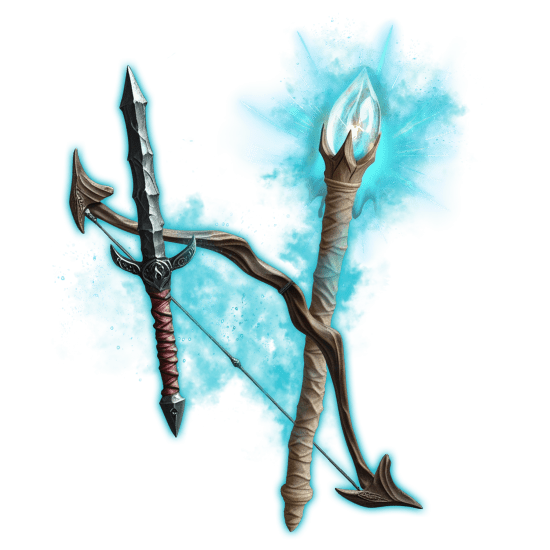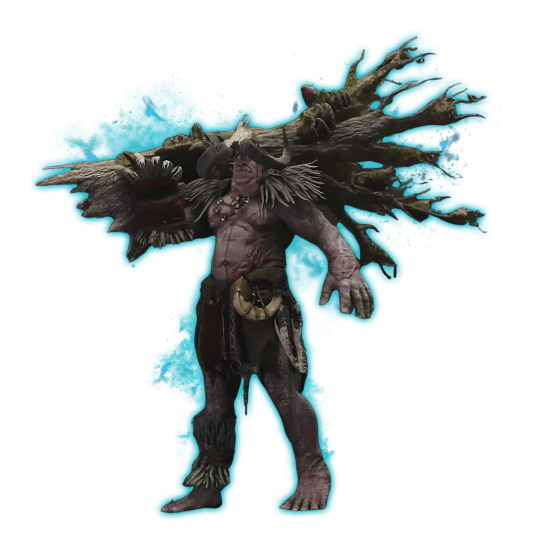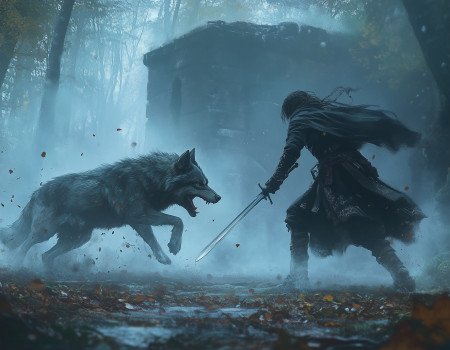Welcome to the definitive Ashes of Creation gearing guide for Alpha 2, Phases 2 & 3. This guide breaks down everything you need to know about gearing right now—what types of gear are available, where to find the best pieces, and how to upgrade them for maximum power. In the sections below, you'll find clear, up-to-date information with no fluff, helping you get the most out of every item you equip.
And if you need a hand getting some good gear, you can always buy AoC weapons at Skycoach. Pick the type of weapon you need, the desired rarity, and quality, and it will be yours shortly. Skycoach works with MMORPG players to help you save the time and nerves you would otherwise waste trying to get the things you need.
Read our other Ashes of Creation guides:
Note: At Skycoach, you can Buy Ashes of Creation Boost at the best prices with fast delivery. Use our special PROMO CODE (in green) hidden in this article for a 20% DISCOUNT.
Ashes of Creation Gearing Explained
Ashes of Creation’s gearing system is a foundation of character strength, accounting for nearly half of your total power by endgame. It’s not just about finding better items—it’s about equipping for the content you’re facing, tuning stats to your build, and managing long-term wear and tear. Here’s how the system breaks down in terms of slots, stats, and survivability.
Gear Slots & Item Types
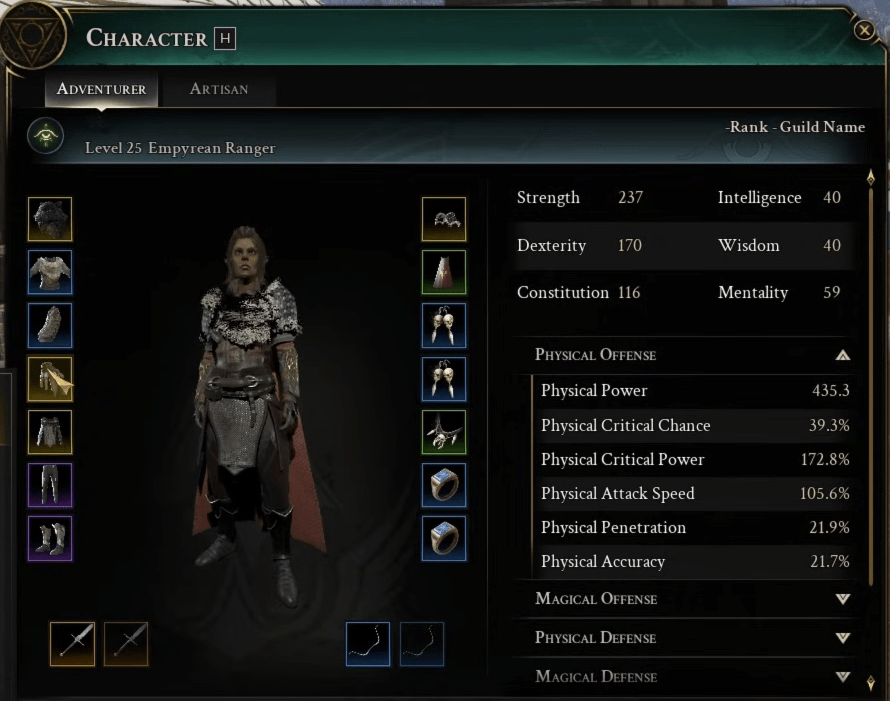
Characters have over two dozen gear slots, each serving a specific role in boosting power or enabling systems like gathering, ranged combat, or utility loadouts. These slots cover everything from traditional armor pieces to specialized tools used by artisans.
Across all types, gear slots are divided roughly into three categories:
| Slot Category | Included Gear Slots |
| Combat Slots | Helmet, Shoulders, Chest, Gloves, Wrists, Waist, Legs, Boots, Mainhand, Offhand, Ranged |
| Accessory Slots | Necklace, Two Rings, Two Accessory slots, Five Jewelry slots |
| Utility & Artisan Slots | Back (3), Belt (3), Cloak, Backpack, Potion/Scroll slot, Three Artisan gear slots (including one for gathering tools) |
Each slot supports specific item types—staves go in mainhand, shields in offhand, cloaks in the cloak slot, and so on. Dual-wielding occupies both hand slots, and ranged weapons have separate positioning logic to support skill-driven auto-swaps in combat. There are no stat requirements for gear, but level and faction alignment often act as access gates. BLOG20
Rarity Colours & Stat‑Line Math
Gear rarity directly influences stat spreads and item potential. While final tuning is ongoing, current tiers follow a familiar pattern:
Common → Uncommon → Rare → Heroic → Epic → Legendary → Artifact
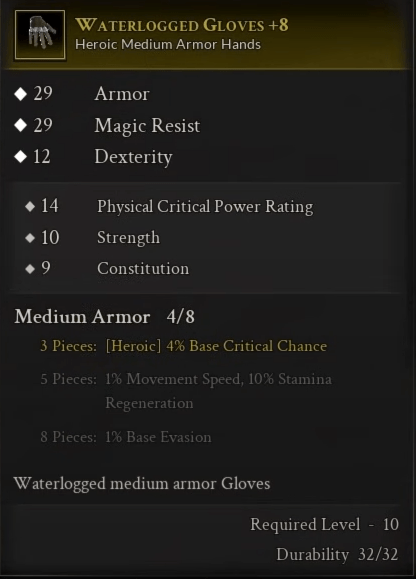 Each step up typically grants more stat lines, tighter roll ranges, and access to bonus effects like procs or ability-boosting passives. Stat distribution follows a “waterfall” model: primary attributes (like Strength, Dexterity) shape core performance, while secondary stats (like crit chance, haste, or resistances) layer on top. Some weapons even bring passive stat gains based on their type.
Each step up typically grants more stat lines, tighter roll ranges, and access to bonus effects like procs or ability-boosting passives. Stat distribution follows a “waterfall” model: primary attributes (like Strength, Dexterity) shape core performance, while secondary stats (like crit chance, haste, or resistances) layer on top. Some weapons even bring passive stat gains based on their type.
Stat lines are not random in every case—crafted gear, for example, allows partial control over stat blocks, especially at higher rarity. Once we get to the Ashes of Creation gear upgrade system, you’ll understand more about why that’s the case. What matters is synergy: the gear that best fits your chosen skills and class archetype is usually more powerful than the highest rarity item with mismatched stats.
Durability & Repair
Gear in Ashes doesn’t last forever. Items decay over time, particularly through deaths or excessive use—especially when attempting to over-enchant. When durability hits zero, the item becomes unequipped and its repair cost spikes.
There are multiple repair methods available:
- Field repairs using consumables (for emergencies or quick fixes)
- NPC vendors offering general restoration (for a fee and base materials)
- Artisan repair for high-tier or specialty gear (potentially requiring recipes and specific materials)
Notably, repair costs aren’t just gold sinks. They consume crafting materials, creating an ongoing demand for base resources even at max level. If left ignored, badly damaged gear may require reforging—a more expensive and resource-heavy process.
This durability loop feeds into the larger economy and crafting system, ensuring that every piece of gear—especially crafted or deconstructed items—retains long-term value.
Gearing Guide by Level
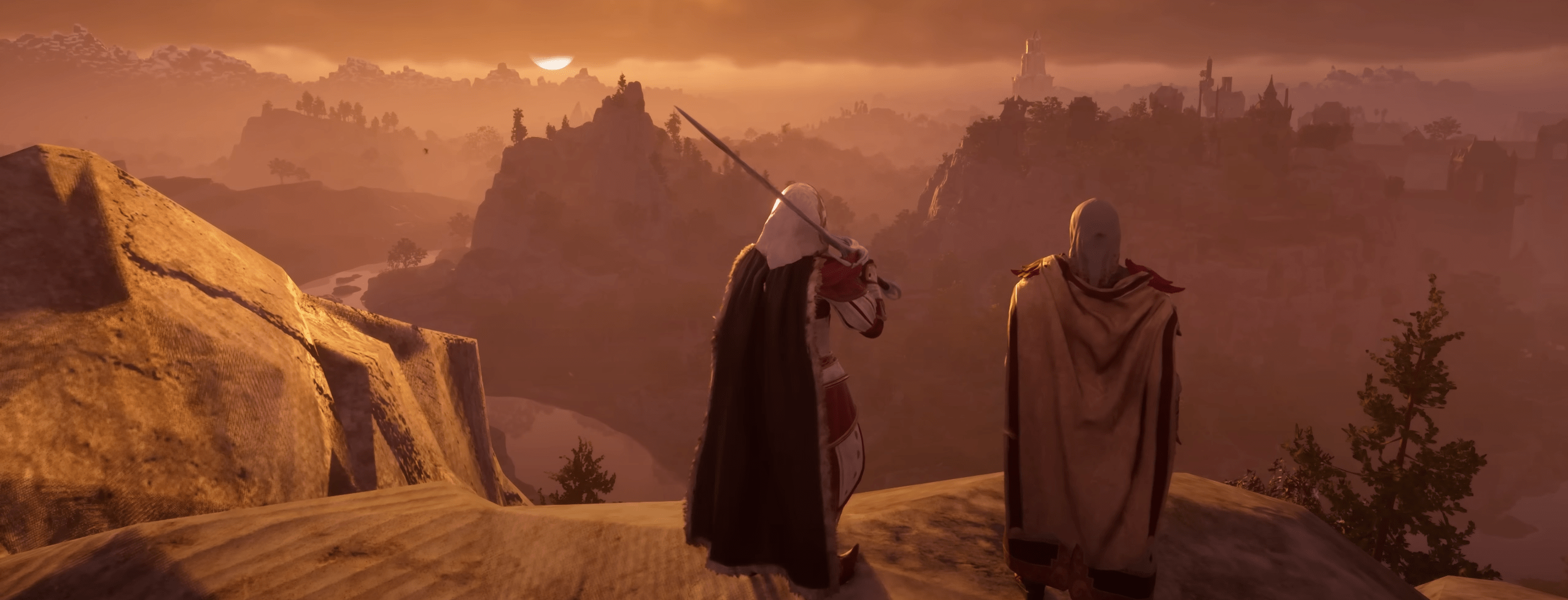
This section will walk you through the natural gearing path players follow from the first login to the mid-levels, highlighting when to expect significant upgrades, what to prioritize, and how to fill gaps through questing, grinding, and crafting. Each range of levels listed below has its own way of answering the question of how to gear up in Ashes of Creation. These gearing tips have been gathered from dozens of hours of testing in Alpha 2 and will be updated once Phase 3 is released.
Level 1–3:
- Upon entering the world, immediately grab your starting weapons near the Gate Watchers. Casters should pick up a scepter for casting stats; melee users should grab a longbow for physical power stats.
- Equip both weapon types early (melee and ranged/caster), as finishing talents from both trees apply simultaneously.
- Complete the Welcome to Verra quest, picking up early commissions and the Sweat of Your Brow artisan quest, which grants your first gathering tools and mount.
- Grind goblin camps around Lionhold to level 3; goblins have small chances to drop green gear, providing an early power boost if lucky.
Level 3–9:
- Focus on completing commissions, side quests, and gathering quests to build up silver and secure more basic materials.
- Vendor any glint you acquire early to protect your currency from being lost on death.
- Prioritize weapon upgrades over armor; weapons contribute the majority of your offensive stats at this stage.
- Early consumables like Fruit Salad (from the Cookhouse POI in southern Winstead ZOI) and Scribing buffs offer meaningful stat boosts while early gear remains scarce.
Level 9–10:
You can equip your first full set of Novice (Tier 1) gear at level 9. The power jump from wearing full novice gear is notable but still modest compared to future breakpoints.
Level 10–19:
Upon reaching level 10, upgrade to Apprentice gear. Apprentice gear provides a meaningful power spike. Focus on replacing outdated novice equipment quickly.
Continue to grind mobs at listed grind spots (goblin camps, field monsters) for XP and gear drops, as these sources remain your primary way of improving until crafting or dungeon gear becomes available.
Level 20–25:
- Journeyman gear becomes available at level 20, marking another major stat power spike.
- Crafted artisan gear may be available for purchase; however, note that in Alpha-2 testing, artisan bonuses are not always functioning properly yet.
- Weapons continue to outscale armor in raw stat contribution, so prioritize weapon upgrades first.
- Repair your gear regularly at any vendor to maintain performance.
- Consider gathering bags to expand your limited inventory, especially if you're engaging in farming or gathering along with leveling.
As you move beyond level 25 in Phase 3, gearing continues to evolve with access to more specialized crafted sets, dungeon loot, and node-based vendors offering stronger stat allocations. However, the fundamentals you establish early—prioritizing weapon upgrades, completing key quests for tools and mounts, and watching for major gear tier unlocks—will stay with you all the way to max level. Stay aware of your stat needs, upgrade consistently when you hit new tiers, and always make the most of any temporary buffs and consumables available during your journey.
Where to Find the Best Gear
Finding the Ashes of Creation best gear is not simply about chasing legendary items — it’s about making smart, progressive upgrades based on your archetype, the resources available to you, and the stage of your character’s development. Understanding where to acquire powerful gear at each step can save you time, gold, and frustration.
Prioritize Stats Based on Your Archetype
Your first consideration when choosing gear is identifying your core stats. For example, a Ranger prioritizes Strength and Dexterity to maximize damage output, while Constitution and Mentality offer minor survivability bonuses. Know your role, and target gear that enhances your primary and secondary stats rather than spreading resources across unnecessary attributes.
Use Placeholders Early, Then Upgrade
Early on, it's impractical to chase best-in-slot legendary gear immediately. Instead, secure decent placeholders — items that provide your main stats — and enchant them to around +6. This approach creates a strong foundation without requiring excessive gold or grinding at the start.
Crafting and Enchanting Are Key Systems
- Tier 3 Workstations: High-end gear, particularly legendary-tier items, typically requires access to Tier 3 workstations, such as the Journeyman Carpentry or Tier 3 Scribing Stations.
- Crafting Calculators: Tools like the Ashes Codex Build Planner and Crafting Calculator help determine how resource quality impacts crafted item rarity, allowing players to maximize outcomes even with limited rare resources. BLOG20
- Enchanting: Enchant early placeholders as much as possible. Weapons and belts, which offer high stat gains, should be prioritized for high enchantment levels.
Best Gear Sources and Methods for Rangers (example)
Accessories (Earrings, Necklaces, Rings):
- Bone Earrings: Provides ideal stats for DPS builds; obtainable through crafting (requires rare or common otter bones with compensating higher-quality resources).
- Everlasting Sower's Bone Necklace: A cheap but effective placeholder, while Kingfish’s Necklace (dropped from a Level 16 named mob in High Women Hills) offers a stronger, legendary-tier option.
- Halcyonite Rings and Swiftscreeche's Bone Rings: Available through crafting, depending on your preference for stat combinations.
Armor (Helms, Chestpieces, Gloves, Boots):
- Growler’s Helm: Offers strong offensive stats; easy to craft as materials drop from a Level 13 named mob with a short respawn timer.
- Ashen Hunt Pauldrons and Shatterwolf Pauldrons: Solid placeholder shoulders that scale well with enchants.
- Reckless Doublet and Bear Hide Garb: Good chest armor choices early on; Reckless Doublet is extremely cost-efficient if available.
- Polished Tin Leggings and Belt: Offers strong multi-stat bonuses and is relatively easy to craft in higher rarities. These should be some of your first high-enchantment targets.
- Boots: Choices vary between heroic medium and heavy boots depending on whether you want a stamina regeneration set bonus.
Cloaks:
- Enchanted Cloak of Sunhaven: Best-in-slot for many builds. Requires switching node citizenship to Sunhaven temporarily to acquire and enchant.
- River Stalker's Cloak: Easy-to-craft, low-cost alternative if you don’t want to swap nodes.
Weapons:
- Forsaken Blade (Legendary Greatsword): Crafted weapon offering outstanding stats; requires rare drops from contested mobs.
- Bronze Shortbow and Forsaken Blades Longbow: Crafted from Journeyman Carpentry Stations, using quality buffs for maximum effectiveness.
Gold and Effort Considerations
Chasing the very best gear and enchanting it to high levels demands serious time and gold investment. Hardcore players grinding caravans and contested mobs may achieve full legendary setups quickly, but casual players are advised to focus on strong enchanted placeholders and progressively replace them as better opportunities arise.
How to Upgrade Your Gear
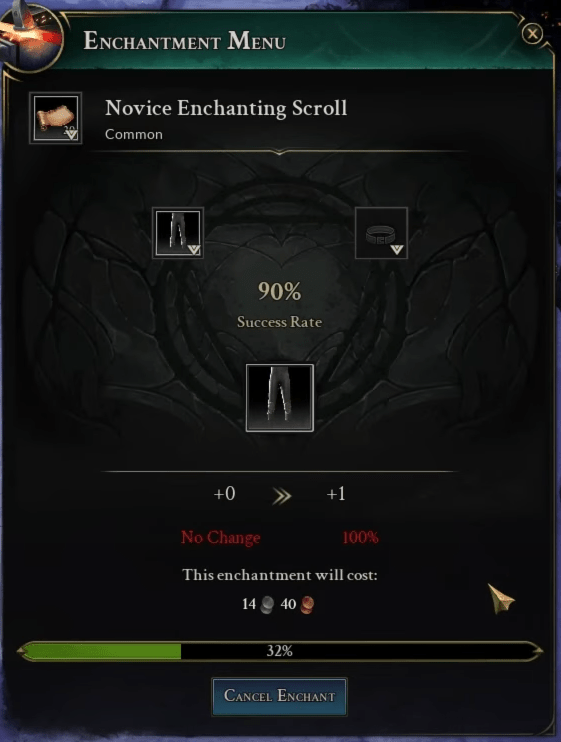
There’s nothing that this game does that is simple. So is the answer to how to upgrade gear in Ashes of Creation — it’s all about layering multiple systems together over time. Whether you're starting with common quest gear or rare crafted items, progress comes from intelligently applying the right mix of crafting quality, enchanting, tempering, sockets, and weapon progression.
Here’s how to reach your gear’s full potential.
1. Crafting Quality: The First Power Spike
The best crafted gear in Ashes of Creation comes from combining the best materials you can find combined with a little bit of luck. Before any post-drop upgrades, the base materials you use when crafting gear set the tone for its overall power.
- Better materials = higher rarity output
- Higher rarity gear requires fewer post-crafting enhancements
- Contributing rare materials gives you a head start toward epic or legendary tier items
You can still upgrade common gear later, but it will cost more time and resources.
2. Enchanting: Vertical & Horizontal Power
Enchanting is how you push a weapon’s or armor’s stats beyond their crafted baseline. This system is scroll-based and split into two styles:
Vertical Enchanting
- Boosts raw power: more damage, mitigation, stat bonuses
- Comes with risk: at higher levels, gear can lose bonuses or be destroyed
- Rare scrolls or boss drops may offer safer enchanting paths
Plus, the results of enchanting are always random, with a chance of a critical failure:
| Enchant Tier | Outcome |
| +1 to +3 | Low risk, consistent gains |
| +4 to +6 | Medium risk (reset to +0 possible) |
| +7 to +9 | High risk of item destruction unless mitigated |
Horizontal Enchanting
- Swaps utility or damage type without increasing raw power
- Examples: Fire → Force damage, or Holy → Lightning
- No risk — just time and crafting effort
Enchantment scrolls are made by Scribes, but any player can use them. BLOG20
3. Tempering: Stat Refinement After Crafting
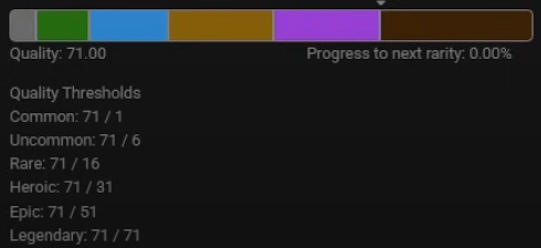
Tempering in Ashes of Creation is a post-crafting upgrade system that lets you improve the base stats of gear using tempering kits and materials from deconstructed items. The process must be done while the gear is unequipped, and the kit used must match the item's rarity, type, and grade. Crafted by Arcane Engineers, these kits allow fine-tuning of your equipment beyond basic enchantments.
Ashes of Creation tempering explained simply: it’s how you squeeze more performance from your gear once it’s already crafted—ideal for min-maxers looking to push their build without relying entirely on enchantments or socket bonuses. It requires:
- A Tempering Kit made by Arcane Engineers
- Deconstruction materials from salvaged gear
- The kit must match the rarity, grade, and type of the item
- Gear must be unequipped to temper
Tempering was added in Alpha-2 Patch 0.8.3 and is essential for min-maxers who’ve already enchanted their gear and want more precision.
4. Sockets and Gems: Extra Stats, No Risk
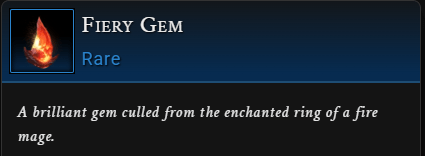
Some gear pieces contain sockets that can be filled with gems to provide passive stat boosts (called "waterfall stats").
- Inserted gems improve things like crit chance, haste, or resistance
- These enhancements stack with tempering and enchanting
- No RNG — it’s a straightforward system for steady improvement
Think of sockets as safe, flexible upgrades ideal for midgame builds.
5. Weapon Skill Trees: Power Through Practice
Each weapon type has its own skill tree, which levels independently based on use:
- Earn XP while a weapon is equipped and in combat
- Special effects (bleeds, armor breaks, chain reactions) unlock via combo progression
- Each tree includes damage, utility, and finisher branches
- Finishers work even when the weapon is not actively equipped
Dual wielding? Both trees level separately based on their type (e.g., dagger vs. shortsword). Respecs are available via Weapon Masters in villages; they cost gold per tier unlearned.
6. Power Stones & Seasonal Enhancements
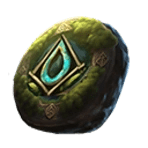 While still in development, two more systems are expected to deepen gear customization:
While still in development, two more systems are expected to deepen gear customization:
- Power Stones (Runes): May grant elemental or energy-type damage. These play into a rock-paper-scissors dynamic with enemy defenses.
- Enchantment Stones (PvP): Rewarded through six-month PvP ladders (arena/guild). These stones apply temporary combat buffs to gear via socketing.
These are limited or situational systems, and ideal for players engaged in high-end PvP or boss rotations.
Upgrade Priorities – In Practice
Here’s a sample order of operations for a gear upgrade path:
- Craft with the best materials you can afford
- Enchant to +4 or +5 — safe vertical power boost
- Tempering — refine core stats, boost consistency
- Socket gems — easy passive boosts
- Focus weapon XP — unlock passives and finishers
- Apply stones (if available) for elemental matchups or PvP enhancements
This layered system rewards both effort and strategic choices. By blending crafting inputs, enchanting depth, and progressive combat practice, Ashes of Creation encourages you to build not just stronger items — but smarter ones.
Conclusion
Gearing in Ashes of Creation can be pretty overwhelming, especially since this game does a lot of things differently from what we, as MMO players, are used to. The developers are introducing a variety of systems—combinations we haven’t really seen before. So even though much of it feels familiar on the surface, things can easily go sideways when you're trying to progress your character.
The good news is that this is still a very early stage in the game’s lifecycle, which means a lot of these quirky mechanics will likely change—and change a lot. The final advice I’d like to leave you with is this: have patience, and one of two things will happen. Either you’ll adapt to how AoC’s gearing works, or some of the weirder systems will go mainstream and become more streamlined (as often happens). Either way, as time goes on, you’ll come to understand how the system works—and how to make it work for you.
F.A.Q.
How to gear up in Ashes of Creation?
- Complete quests for early gear rewards.
- Farm open-world mobs, pocket dungeons, and world bosses for rare drops.
- Craft or buy better gear using materials gathered from the world
Where to get the best gear in Ashes of Creation?
- Craft high-tier gear with rare materials at advanced crafting stations.
- Defeat named mobs, bosses, and world bosses for powerful drops.
- Earn seasonal PvP rewards for limited-time enhancement items.
How to upgrade gear in Ashes of Creation?
You upgrade gear through a combination of enchanting (using scrolls), tempering (with tempering kits), and socketing gems to add extra stats. Weapon skill trees also strengthen your weapon over time.
Is Crafted gear the BiS in Ashes of Creation?
Not always — crafted gear offers a strong head start if made with rare materials, but top-end BiS gear often combines crafted items with rare boss drops and advanced enchantments.
What happens if I don’t repair my gear in AoC?
If you don’t repair your gear, it loses durability, which weakens its stats and can eventually render it unusable until repaired at a vendor.


